The vast savannas of Kenya's Maasai Mara National Reserve have long been synonymous with the roar of safari jeeps and the dust kicked up by their tires. But a quiet revolution is taking place in one of Africa's most iconic wildlife destinations. The reserve, famed for its annual wildebeest migration and Big Five sightings, is making strides toward sustainable tourism by introducing electric safari vehicles. This shift represents more than just an environmental gesture—it's a fundamental reimagining of how wildlife tourism can coexist with conservation.
For decades, the traditional diesel-powered safari vehicles have been the backbone of Maasai Mara's tourism industry. While they provide reliable access to remote areas, their environmental footprint has become increasingly difficult to ignore. The new electric vehicles, specially modified for rough terrain, promise to maintain the safari experience while dramatically reducing noise pollution and carbon emissions. Early morning game drives in these silent vehicles have already shown remarkable results, with animals appearing less disturbed and more willing to go about their natural behaviors.
The transition to electric mobility in the Maasai Mara didn't happen overnight. Reserve authorities collaborated with automotive engineers and conservationists for nearly three years to develop vehicles capable of handling the reserve's challenging landscape while meeting strict environmental standards. The modified Land Cruisers and custom-built electric safari trucks boast extended-range batteries that can last through full-day game drives, with solar-powered charging stations strategically placed throughout the reserve.
Local tour operators initially met the initiative with skepticism, concerned about the vehicles' performance and the costs of transitioning their fleets. However, after pilot programs demonstrated that the electric vehicles could navigate river crossings and muddy trails just as effectively as their diesel counterparts—while providing a superior viewing experience—resistance turned to enthusiasm. The near-silent operation allows tourists to hear the sounds of the bush clearly, from birdsong to the rustling of grass as predators stalk their prey.
Wildlife researchers have noted unexpected benefits from the electric vehicle rollout. The reduced noise pollution appears to be changing animal behavior patterns, with species like cheetahs and leopards becoming more active during daylight hours when they would typically avoid the noisy diesel vehicles. Even the skittish antelope species seem less alarmed by the quiet approach of electric game viewers, leading to more authentic wildlife encounters and better photographic opportunities.
The Maasai community, whose ancestral lands border the reserve, has embraced the initiative as well. Many have received training as electric vehicle mechanics and charging station operators, creating new employment opportunities. Community-owned conservancies adjacent to the main reserve are now following suit, with several having placed orders for their own electric safari fleets. This grassroots adoption suggests the model could spread throughout Kenya's wildlife tourism circuit.
Of course, challenges remain. The initial investment in electric vehicles is significantly higher than traditional options, though operators point out that lower maintenance and fuel costs balance this over time. Charging infrastructure in remote areas requires careful planning, and occasional power outages necessitate backup generators—though these are increasingly being replaced by battery storage systems. Perhaps most importantly, the success of the program depends on continued buy-in from tourists willing to pay a slight premium for eco-friendly safaris.
International conservation organizations are watching the Maasai Mara experiment closely. If successful, it could provide a blueprint for other major safari destinations across Africa. Already, parks in Tanzania and South Africa have sent delegations to study the Kenyan model. The transition aligns with global trends toward sustainable travel, as environmentally conscious tourists increasingly seek destinations that minimize their ecological impact.
The electric vehicles represent just one part of the Maasai Mara's broader sustainability push. The reserve has simultaneously invested in solar-powered lodges, anti-poaching drones charged with renewable energy, and community education programs about wildlife conservation. Together, these initiatives position the Maasai Mara as a leader in responsible tourism, proving that environmental stewardship can enhance rather than diminish the visitor experience.
As the first light of dawn breaks over the Mara plains, a new sound is joining the morning chorus of birds and insects—the nearly imperceptible hum of electric motors. For the lions stretching after their night's hunt and the elephants browsing on acacia trees, these quiet intruders represent far less disturbance than the roaring engines of the past. And for the tourists gliding through the landscape, there's the satisfaction of knowing their presence isn't coming at the ecosystem's expense. The Maasai Mara's electric revolution may have started small, but its implications for the future of wildlife tourism could be enormous.

By Megan Clark/Apr 11, 2025

By John Smith/Apr 11, 2025
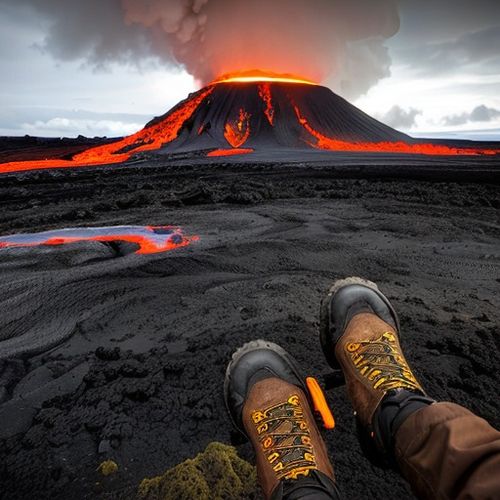
By James Moore/Apr 11, 2025

By Victoria Gonzalez/Apr 11, 2025

By John Smith/Apr 11, 2025

By Rebecca Stewart/Apr 11, 2025
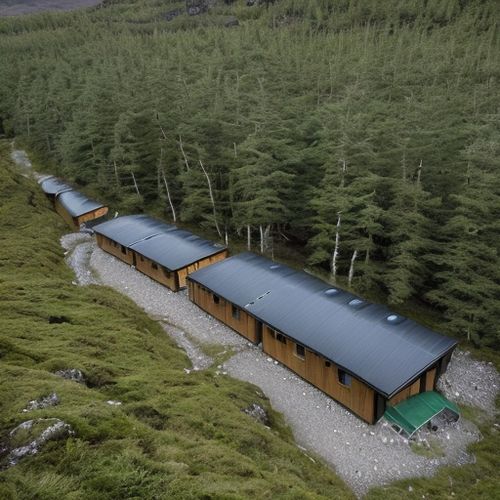
By Megan Clark/Apr 11, 2025
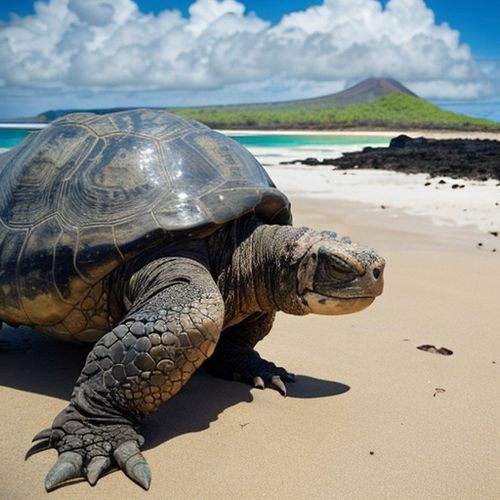
By John Smith/Apr 11, 2025

By Ryan Martin/Apr 11, 2025
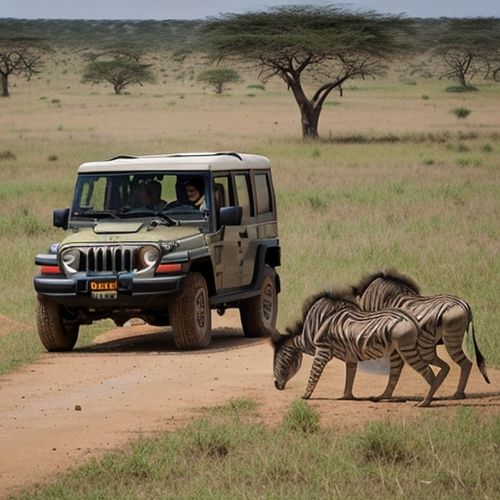
By Samuel Cooper/Apr 11, 2025
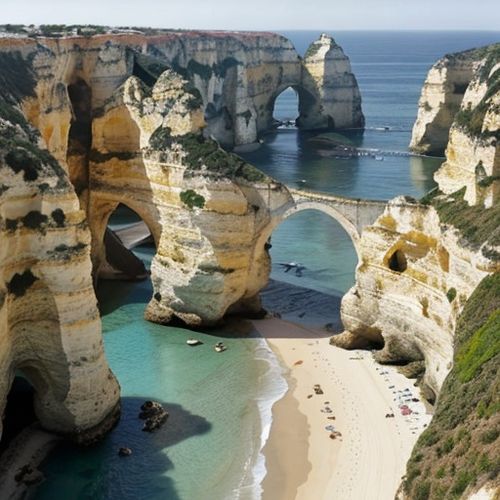
By Emily Johnson/Apr 11, 2025

By James Moore/Apr 11, 2025
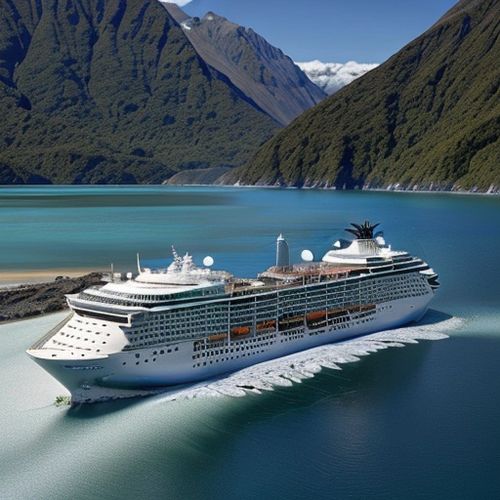
By David Anderson/Apr 11, 2025
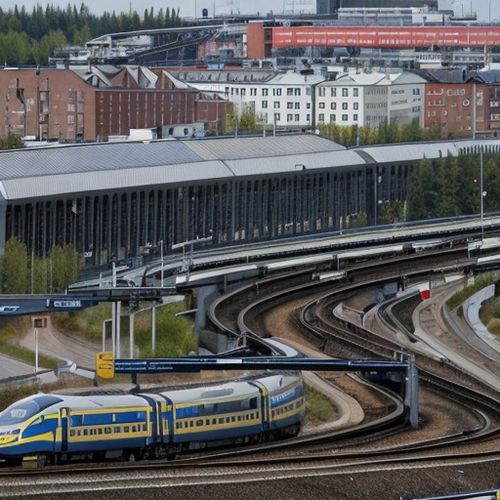
By Ryan Martin/Apr 11, 2025

By William Miller/Apr 11, 2025
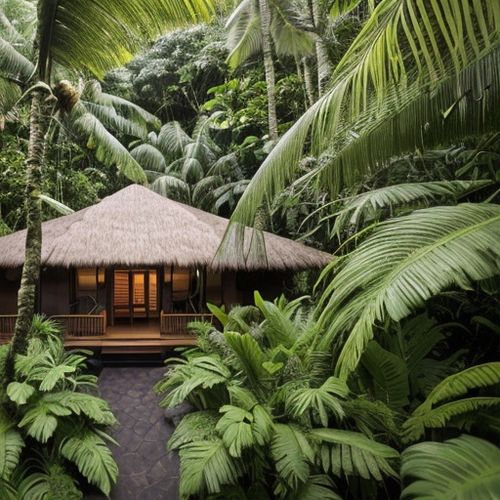
By George Bailey/Apr 11, 2025

By Daniel Scott/Apr 11, 2025
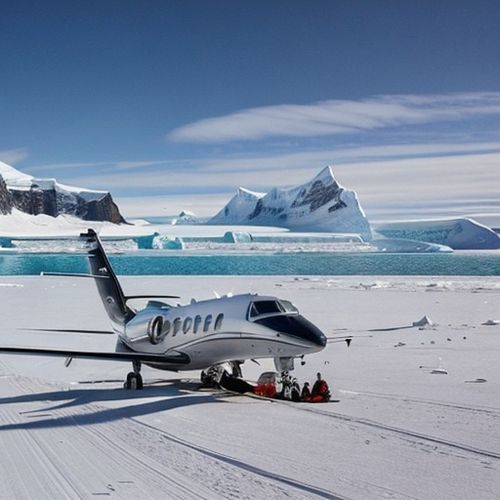
By Sophia Lewis/Apr 11, 2025

By Megan Clark/Apr 11, 2025

By David Anderson/Apr 11, 2025